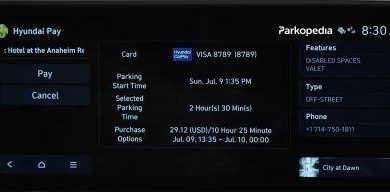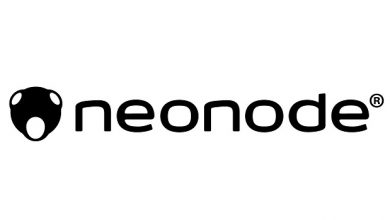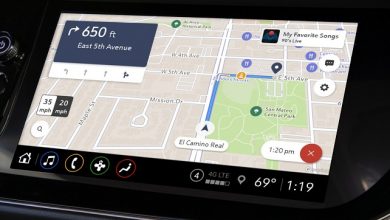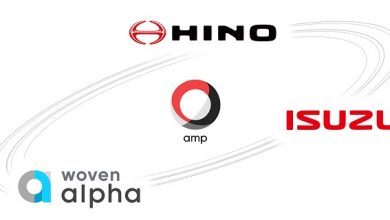Audi of America, VDOT and Qualcomm Plan to Deploy C-V2X Communication on Northern Virginia Roadways
Audi of America, the Virginia Department of Transportation (VDOT) and Qualcomm Technologies, announced plans for initial deployments of Cellular Vehicle-to-Everything (C-V2X) communication on northern Virginia roadways, employing advanced wireless communications to enhance vehicle safety by using the same portion of the 5.9 GHz band that the Federal Communications Commission (FCC) has proposed to allocate for C-V2X.
C-V2X Features and Benefits:
- The C-V2X solution used in this initial deployment is based on third-generation partnership project (3GPP) Release 14 and Release 15 specifications. Direct communication of this solution uses 20 MHz from the 5.905 – 5.925 GHz ITS band, the same spectrum that the FCC has proposed allocating for C-V2X.
- A more advanced mode of C-V2X has an evolution path to 5G using 3GPP Release 16 specifications.
- Field test results issued by the 5G Automotive Association (5GAA) have proven C-V2X to be an efficient and effective radio access technology, showing that it significantly increases in range and reliability compared to other radio technologies.
- C-V2X commercial products are now widely available in the form of multiple chip platforms, wireless modules, vehicular Onboard Units and infrastructure Roadside Units.
- C-V2X encompasses both direct short-range communications that operate in the 5.9GHz ITS band and longer-range network communications delivered by mobile network operators; chipsets now offer both direct and network connectivity in the same solution concurrently, aiding in the adoption of the technology.
In line with the Federal Department of Transportation’s announcement to establish a First Responder Safety Pilot Program, the organizations’ combined efforts are designed to focus on improving safety for construction workers and motorists alike. The initial deployment is expected to take place on select roadways in Virginia beginning in the third quarter of 2020.
Unique properties of basic C-V2X will be used to deliver work zone warnings on highways as well as signal timing information on approaches to signalized intersections on arterial roadways. In both cases, C-V2X communications can help deliver critical safety messages between vehicles and infrastructure with minimal latency, while less time-sensitive alerts are designed to be provided via C-V2X using the cellular network.
The initial deployments are aimed at expanding safety use cases in the vital connected vehicle safety spectrum established by the FCC, with the aim to curtail road hazards and fatalities. In a given year, traffic fatalities in the U.S. exceed 36,0001 people yearly in the U.S.
This initial deployment is designed for connected car systems designed to boost safety around school buses, warn motorists about dangerous road conditions, alleviate congestion at traffic chokepoints and curbsides, help improve the performance of automated vehicles that are nearing commercialization and even potentially let cars communicate with mobile devices to send warnings that may one day help prevent the more than 6,000 pedestrian fatalities per year2.
The northern Virginia initial deployment is designed to involve two primary use cases:
- Work zone warnings, which the organizations feel is an important use case on highways, featuring a Qualcomm® 9150 C-V2X chipset solution via an in-vehicle display in Audi Q8 SUVs designed to deliver a graduated warning, with the last link being a low-latency, reliable warning to drivers of the workers’ physical presence.
- On arterial roadways, the signal phase and timing (SpaT) from a traffic signal, will be transmitted with a Qualcomm 9150 C-V2X chipset solution to Audi Q8 SUVs. These vehicles have the Audi Traffic Light Information (TLI) service that can provide drivers a countdown to the green light. C-V2X from the traffic signal can also provide direct information to the Audi Q8, which will be used by the TLI system to fine-tune the countdown information of the signal phase and timing.
Source: Press Release




